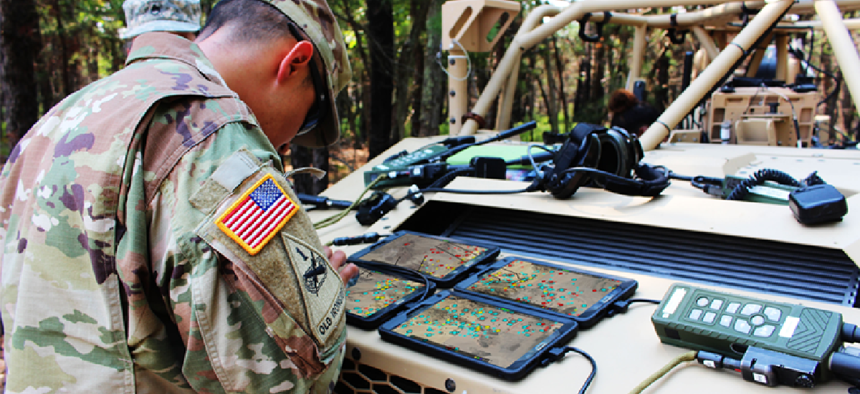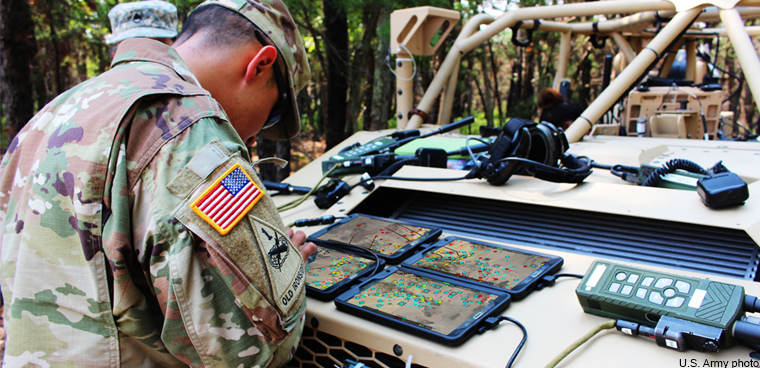Army multi-domain task force could spell acquisition changes

A new focus on interoperability with allies and partners could alter buying practices as it matures.

The Army's focus on multi-domain operations could spell acquisition changes, Army Secretary Mark Esper said at a Brookings Institute event April 30.
The service's multi-domain task force has been focusing on interoperability with allies and partners in the Pacific region, but as it matures, those lessons learned could alter buying practices.
"If it changes what the formations look like and what we need in the formations, that will drive acquisitions," Esper told reporters after the event.
It's unclear how the multi-domain task force could end up shifting force structure down the line, but "we need to let the war games play out and how it changes our formations" which would alter procurement in turn, he said. "I need some time for our doctrine to play out and see what it looks like."
The Army is continuously updating its Multi-Domain Operations Plan Strategy, the latest of which was released in late 2018. Esper said there's no timeline for the next update release but that force structure changes are possible.
For example, battalions may need greater cyber capabilities, and the Army needs more soldiers to do that, he said, but it will take time to figure out the right mix over the next 12 to 18 months. Army Cyber Command is already putting cyber-electromagnetic activities (CEMA) teams on the battlefield as part of a program that teaches commanders how to integrate cyber and electronic warfare into operations.
The Army also stood up the experimental Intelligence, Information, Cyber Electronic Warfare, and Space (I2CEWS pronounced "eye two cues") battalion within the multi-domain task force. Esper offered few details on the I2CEWS task force, which has been operating for about a year experimenting on the interoperability between all of the spaces under Pacific Command. But said he hopes the capabilities developed are showcased in Europe next year for Defender 2020.
Esper, who also has had his sights on acquisition reform, said he "feels good about where we are" in terms of Futures Command, quelling early Congressional concerns that a new command would just be another bureaucratic mire.
"There used to be 13 layers of command between where the requirements began and where they ended up. Now it's three: it's the CFT (cross-functional teams), it's [Army Futures Commander Gen. John] Murray, and the [Army staff] chief," he said during his remarks.
"Issues that used to kind of stump the organization for months if not years, the chief and I can just very quickly solve."



